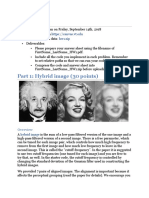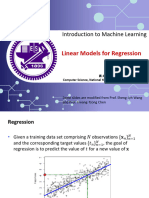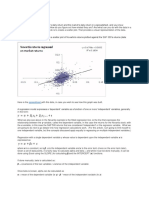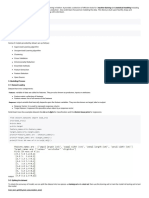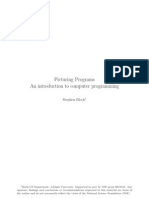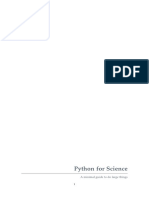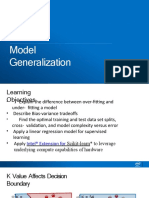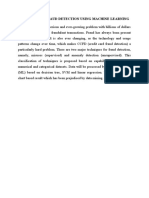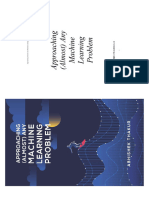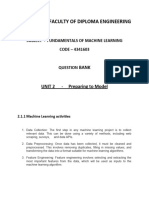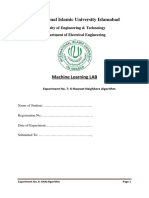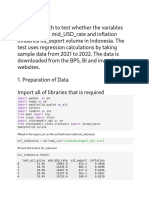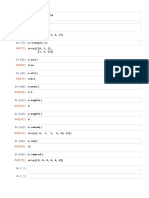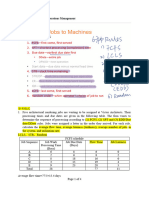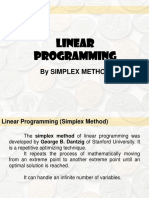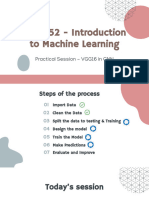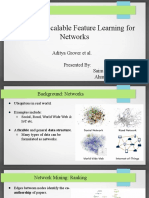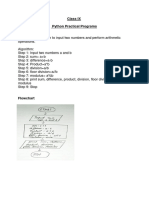100% found this document useful (2 votes)
76 views9 pagesK-Nearest Neighbor On Python Ken Ocuma
The document discusses the k-nearest neighbors (k-NN) algorithm, a non-parametric classification and regression method. It explains that k-NN involves finding the k closest training examples in feature space to a new data point. For classification, a majority vote of the neighbors' classes determines the new point's class, while for regression, the new point takes the average value of its neighbors. The document also provides an example Python code to implement k-NN classification on a sample dataset.
Uploaded by
Aliyha DionioCopyright
© © All Rights Reserved
We take content rights seriously. If you suspect this is your content, claim it here.
Available Formats
Download as PPTX, PDF, TXT or read online on Scribd
100% found this document useful (2 votes)
76 views9 pagesK-Nearest Neighbor On Python Ken Ocuma
The document discusses the k-nearest neighbors (k-NN) algorithm, a non-parametric classification and regression method. It explains that k-NN involves finding the k closest training examples in feature space to a new data point. For classification, a majority vote of the neighbors' classes determines the new point's class, while for regression, the new point takes the average value of its neighbors. The document also provides an example Python code to implement k-NN classification on a sample dataset.
Uploaded by
Aliyha DionioCopyright
© © All Rights Reserved
We take content rights seriously. If you suspect this is your content, claim it here.
Available Formats
Download as PPTX, PDF, TXT or read online on Scribd
/ 9







